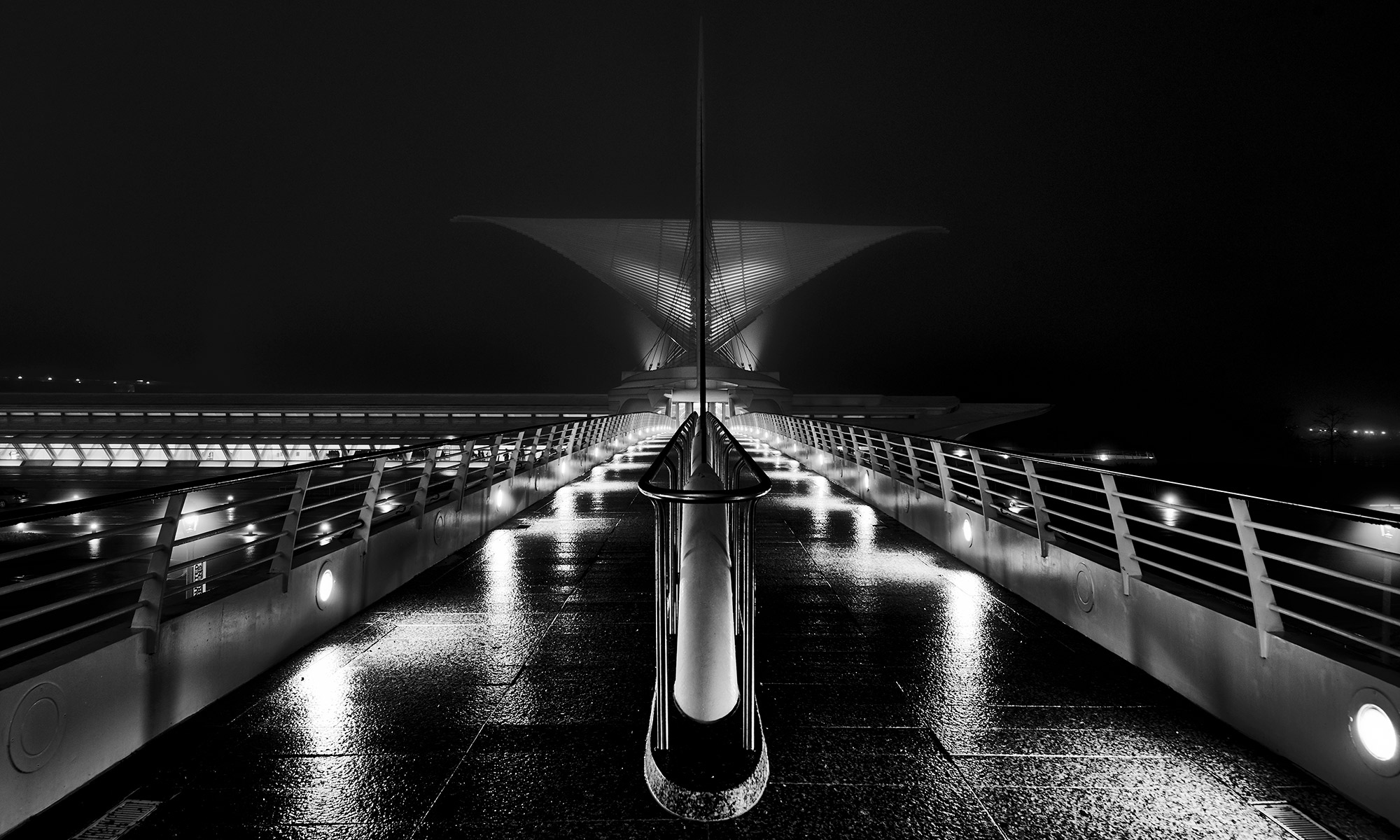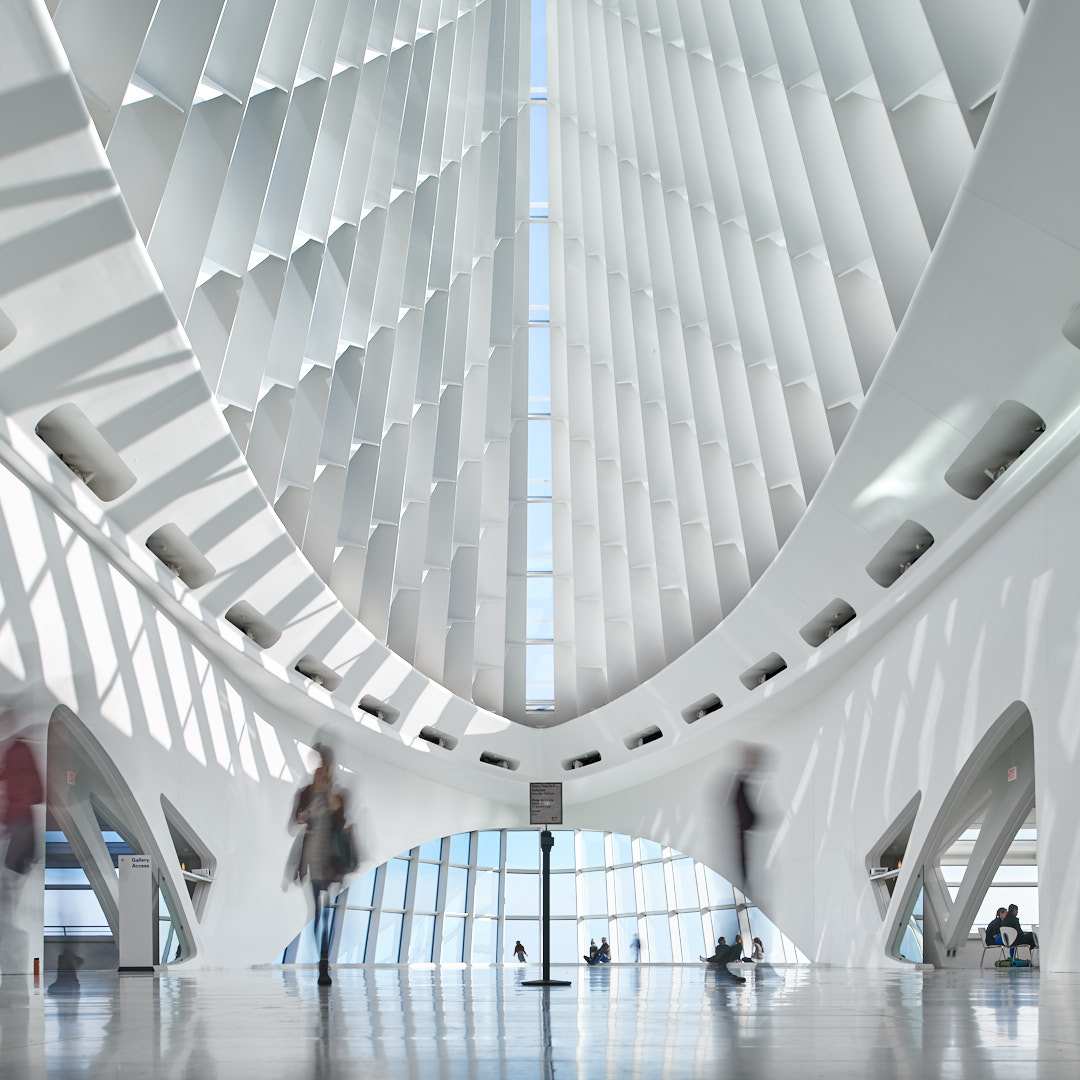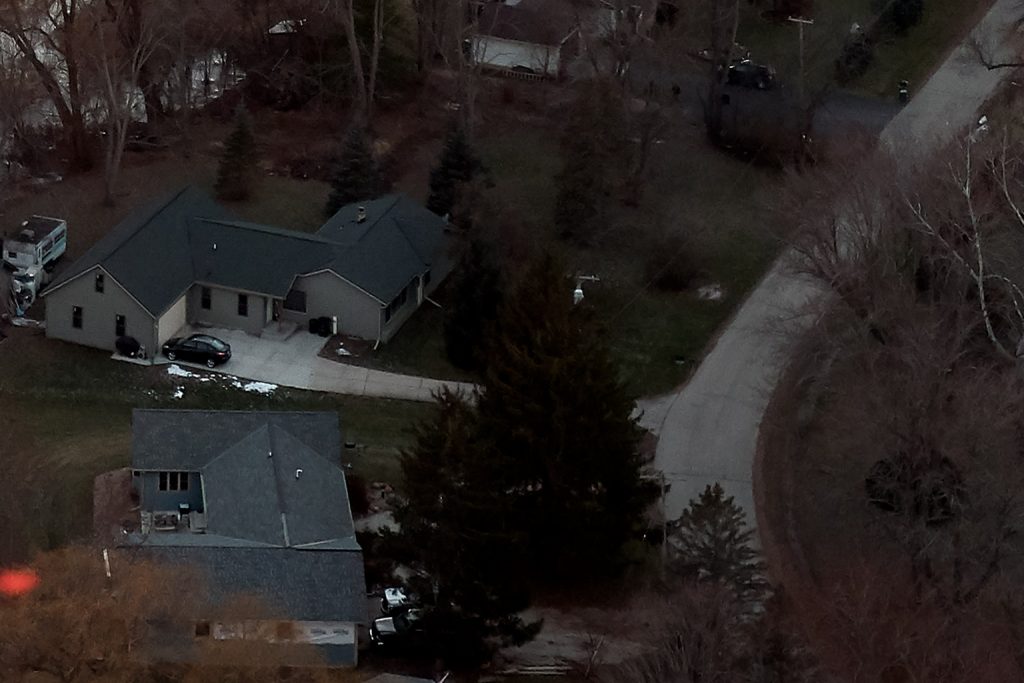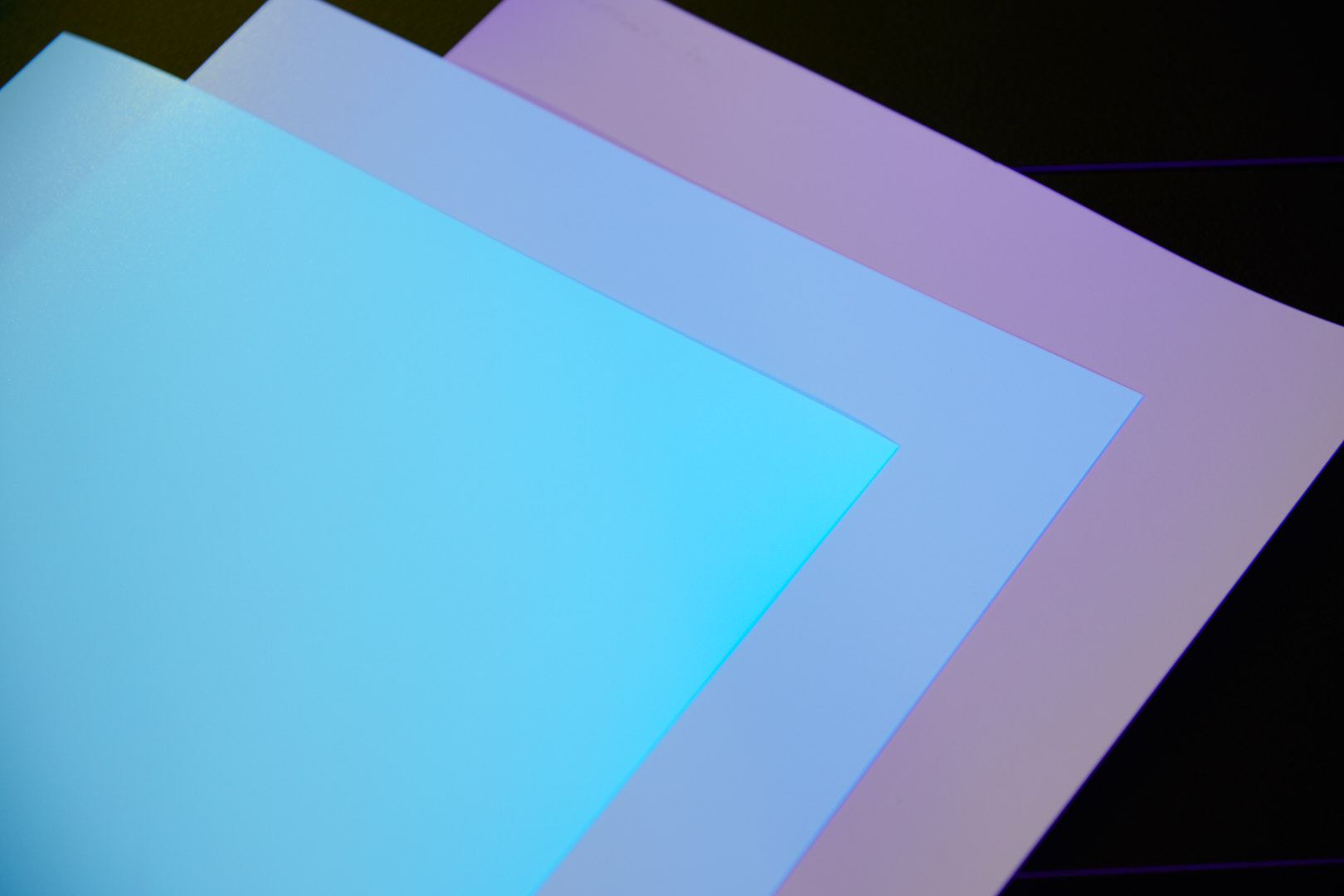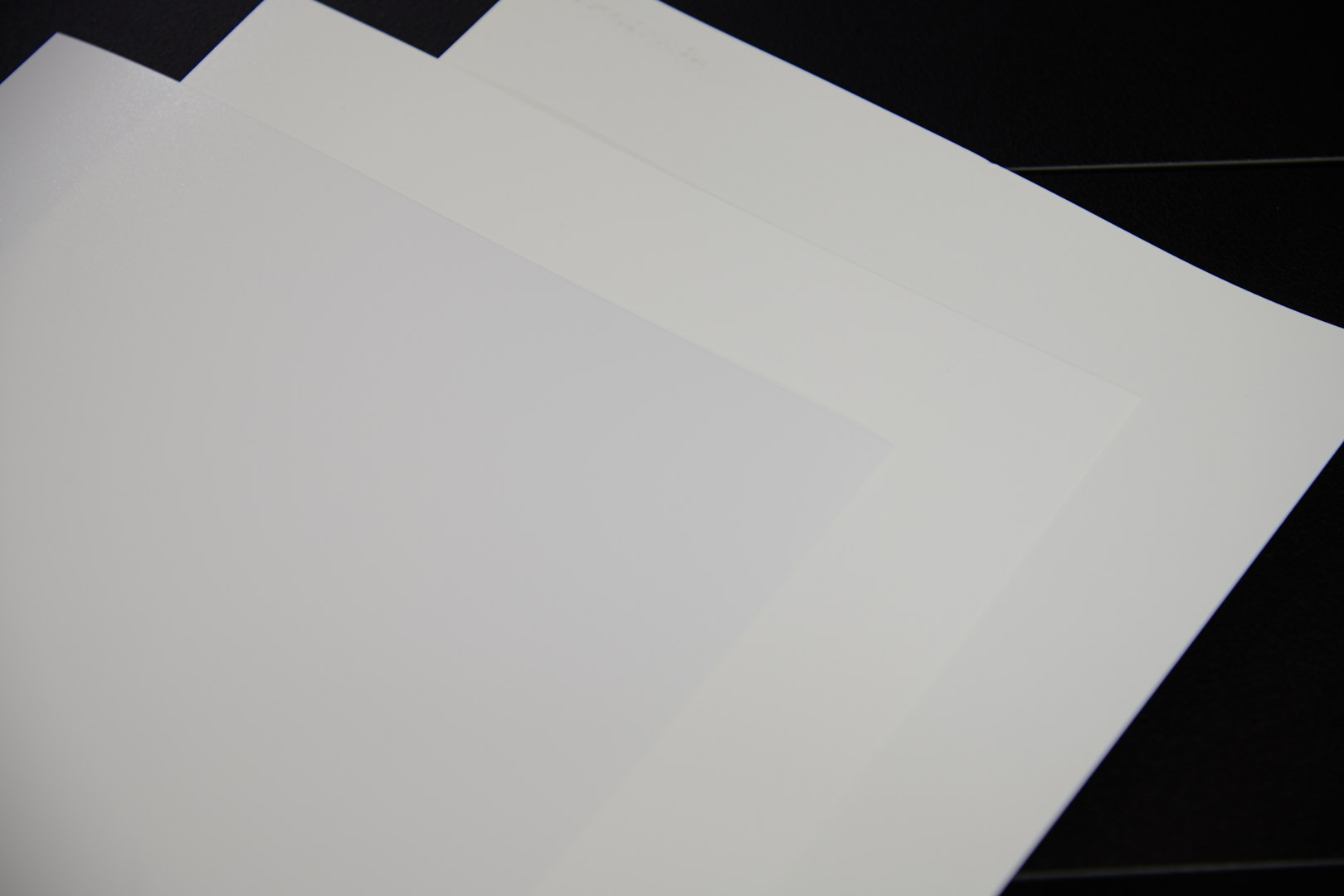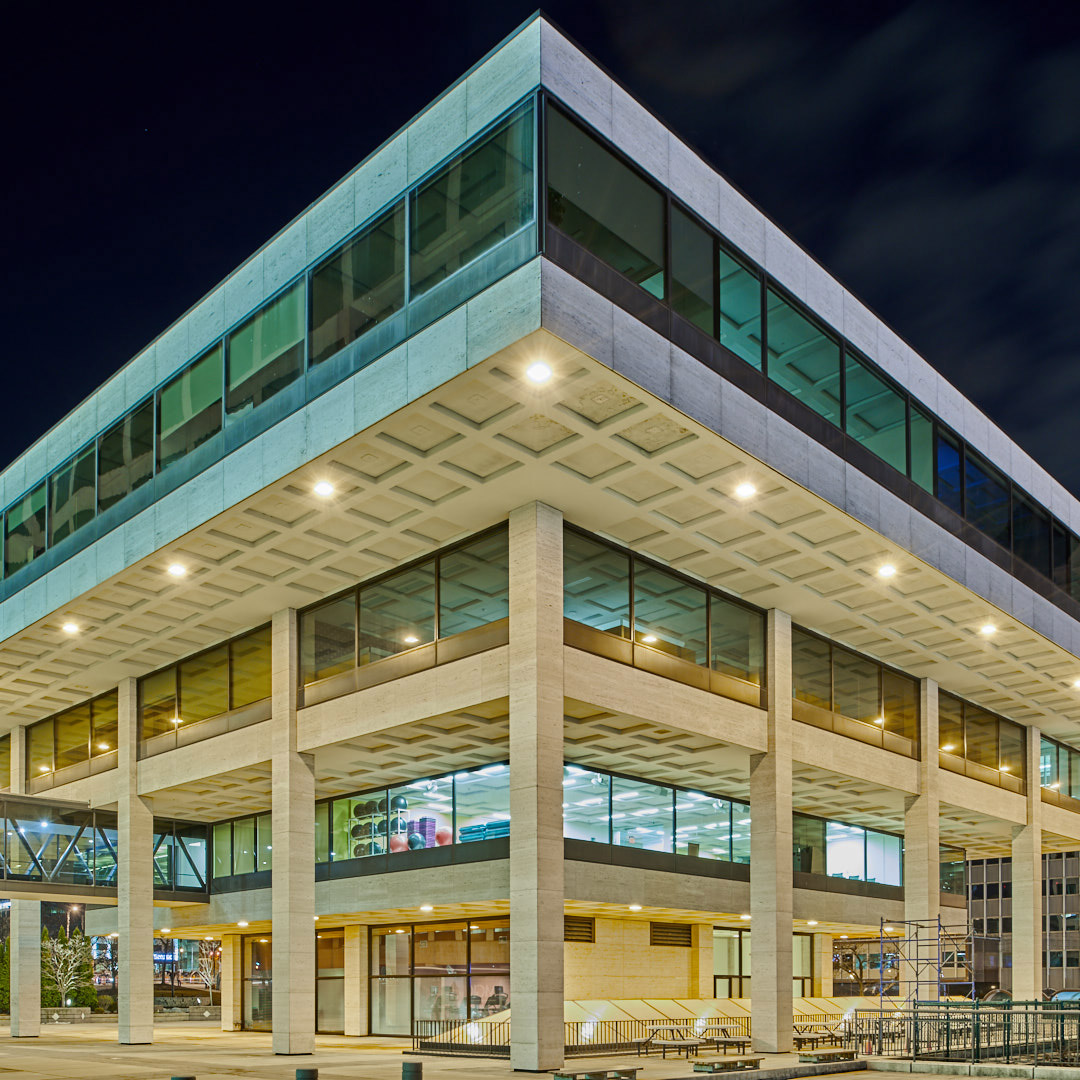Earlier this year my wife an I spent about ten days in the UK, including driving, which can be a little intimidating for people used to the road laws from another country and driving on the “other” side of the road.
As an American driving in the UK, I was careful not to say they drive on the wrong side of the road. But I will say that we undeniably drive on the right side of the road, and I’ll let you work it out from there.
While the information here is correct to the best of my knowledge, please refer to the linked sites with the corresponding regulations to make sure it is still accurate or to clarify anything that is unclear. Feel free to leave any questions or corrections in the comments.
The most obvious difference is that in the UK they drive on the left, and the driver sits on the right in the car. You may find some left hand drive cars, but if you rent in Britain you will get a right hand drive car. It wasn’t as big a deal as I thought it might be, but you need to pay a little extra attention, especially at turns. The more disconcerting thing is passing on the right instead of the left on the motorway.
Renting a car
When renting a car, remember that through most of Europe the standard is a manual transmission, so if you can’t drive manual, make sure you request an automatic. In Britain you might want to anyways, since the shifter will be on the opposite side if you are used to left hand drive cars.
I had no problem just presenting my US driver’s license to the rental company. You can drive on a US license for up to a year, if you are staying longer you need to get a UK driver’s license. For more details check out the uk.gov site. If you have a driver’s license in a non-English language you should get an international driving permit before driving in the UK.
The rental experience was a little different than the US, they were much more polite and hands on, making sure everything was OK, walking us around the car, etc., the flip side being that the whole experience was slower. Don’t know which I prefer, but there is is.
Roads
The roads in Great Britain can be a lot narrower than you are used to. We found ourselves on a lot of single lane roads, with only periodic places where cars could pass, and even on some of the larger roads there were frequent narrow spots where there wasn’t a center line. The normal rules are that a car going down a hill should give way to a car coming up. In my experience it was more like a fairly polite free for all. If it is easier for you to pull over, do it. If there is a passing place on the right, stop opposite it so that the oncoming vehicle can pass, and be prepared to back up to a passing point if needed.
The roads are divided into Motorways, which start with an M, such as the M25 around London, and A, B, and sometimes C roads. A Roads are named A and a number, like the A39 along the west coast of Cornwall.
A Roads are generally bigger than B Roads, which are bigger than C roads (C Roads are often not marked with a number, and are only known by their road number for administrative purposes) Because most of the roads numbers were designated decades ago, this is not always true. For instance, a B Road may have become much larger than it originally was, and they were never renamed, making it larger than some A Roads.
Speed Limits
Speed limits were one of the biggest problems I had, as I had not gotten acquainted with the national speed limits before driving. If you are driving a car and not towing anything, the national speed limits are 30MPH in built up areas, 60MPH on single carriageways, 70MPH on dual carriageways (divided highways in the US) and motorways. Any deviations have signs posted, with a number in a red circle indicating the maximum speed in miles per hour. Where the speed returns to the national speed limit there is a sign that is a black slash through a white circle. Why they can’t just post the speed limit I don’t know, but there it is.
The other thing you might see is variable speed limit signs, which are then accompanied by lighted speed limit signs indicating the current speed limit. If the signs are not illuminated, the national speed limit applies.
There is a generally applied 10% + 2 MPH over the speed limit allowed, but don’t count on it. Everything I have seen is that it is a guideline that the police often use, but is discretionary, not codified anywhere. You can be fined for even one MPH over the limit.
Road signs
Road signs are pretty intuitive, but you should probably look through the road sign list on gov.uk. One that might be confusing is that a circular sign with a red outer circle means “don’t do X,” even without a slash through it.
Average Speed Cameras
Average speed cameras measure the time between passing two cameras, and calculating your average speed. This means that even if you slow down for both, they can still nick you for speeding.
A Few Other Things
You can be fined for touching your phone while in the car with the engine running. Including being parked, paying with your phone at a drive through, adjusting GPS, etc.
The same applies to messing with GPSs, etc.
London
Just don’t. We visited London at the end of the trip, dropping our car back at Heathrow, and taking the tube to our hotel. That worked well, and is what I am planning to do for any future visits.
Returning Home
When we got back home, I had my wife drive back to the house since she was not driving in the UK at all, and I was a little concerned about switching driving sides again. I actually did fine, apart from occasionally second guessing which side I should be driving on, for about two weeks, at which point I found myself driving on the left for a short time on a back road. Since then I haven’t had any issues, but it is best to remember that there might be a little while unlearning your UK driving habits. Long term I have still found myself second guessing the
